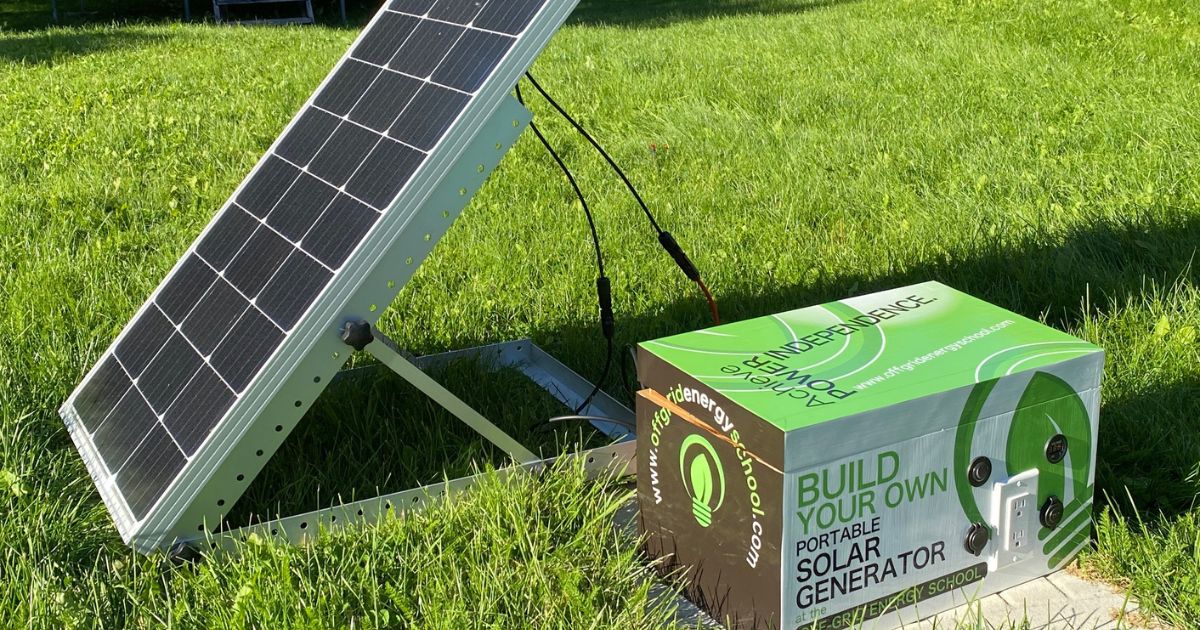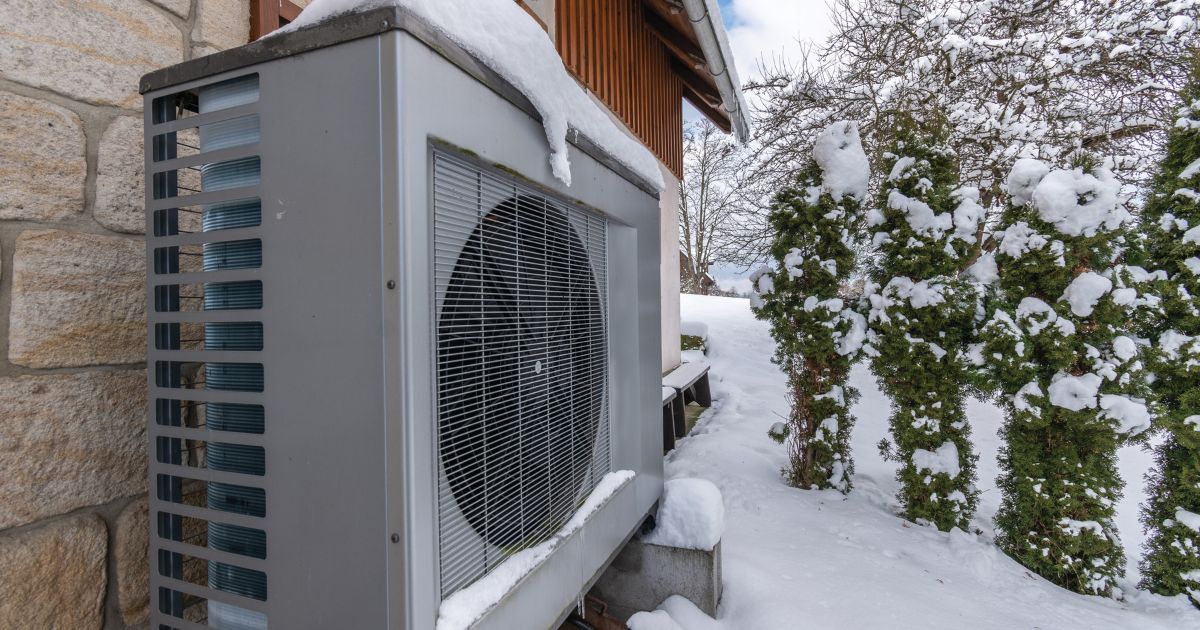Solar generators are a hot new item to hit the energy scene, creating modest amounts of backup electricity from sunlight. They’re silent, burn no fuel, and have no moving parts. Typically made to deliver 3000 watts of power or less, solar generators are available commercially, but this article will show you the basics of how to build your own from high-quality components.
I’ve helped hundreds of people build their own solar generators with my online courses and workshops, and this article covers the basics of how these things go together.
Why Build Your Own Solar Generator
There are four main reasons for the DIY approach to solar generators:
- Quality. You can choose highquality components that meet your needs perfectly.
- Economy. You’ll enjoy a lower cost per watt of output than store-bought.
- Satisfaction. It’s fun to use basic wiring techniques and satisfying to enjoy a measure of energy independence from the work of your own hands.
- Repairability & expandability. Since you put your generator together, you’ll understand how to repair it if trouble should arise or if you want to expand your system.
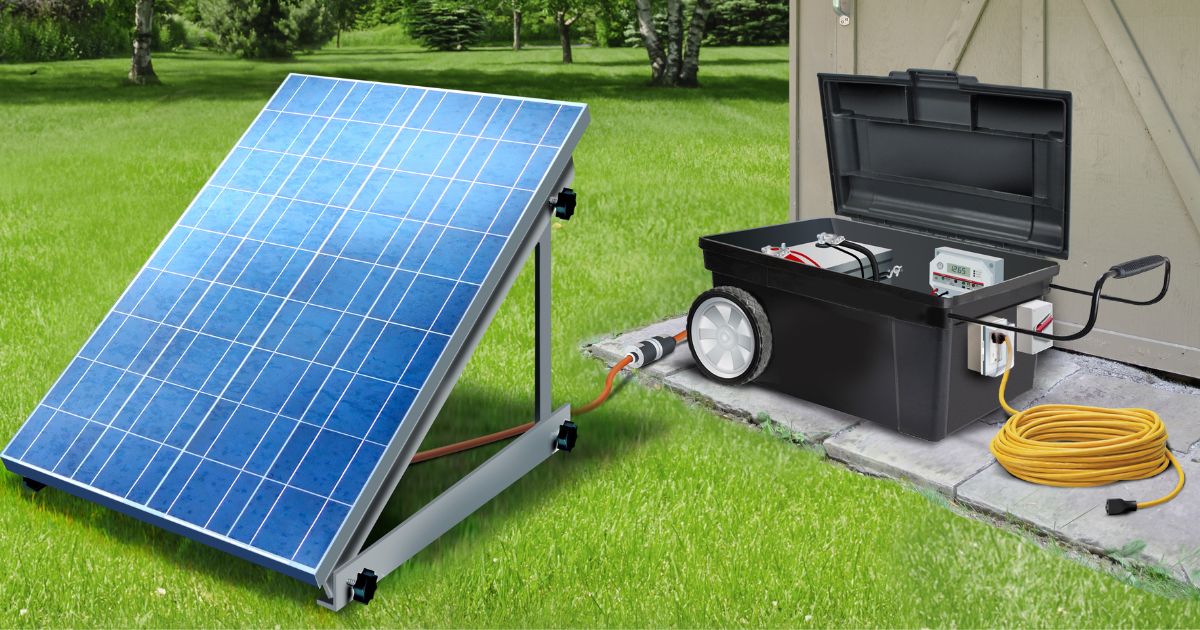
Here’s a closer look at each of the components that make up a solar generator
The Photovoltaic (PV) Panel
This is the component that creates electricity from sunlight, and the size of the panel governs how quickly your solar generator battery recharges.
I recommend a 100-watt panel for a solar generator because it’s small enough to be manageable and affordable yet large enough to provide reasonable recharge speeds. A 100-watt panel will typically put out a maximum of 60 and 95 watts of actual power in full sunlight, depending on your latitude.
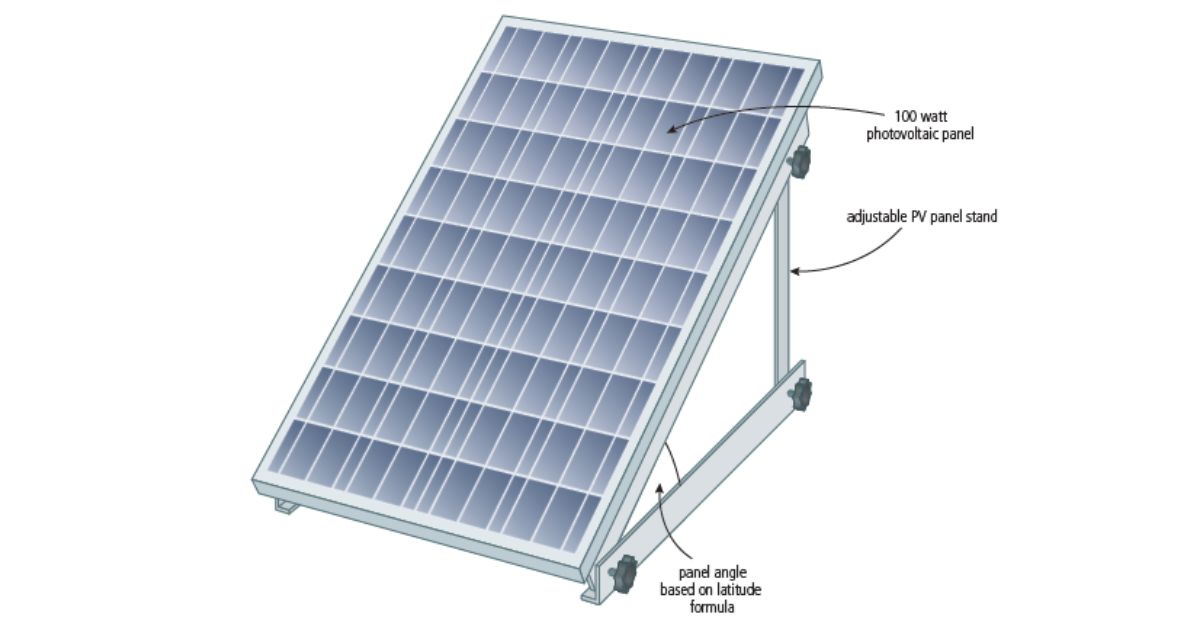
The Battery
The battery accumulates and stores power. I recommend a 12-volt, 80 to 100 amp-hour deep cycle AGM battery for your solar generator, and there are three reasons why. The letters AGM stand for “absorbed glass mat,” and this battery chemistry offers distinct advantages. Besides being tough, they give off no explosive gases while charging and can’t spill. The term “deep cycle” means a battery that can withstand some measure of deep discharging. Deep cycle costs more, but it’s the only option for a decent solar generator.
Don’t buy a regular flooded-cell lead-acid car battery for this project, though you can use an old-but-decent 12-volt automotive battery if you’ve got it on hand and want to get going at a minimal cost.

One important thing to understand when it comes to traditional lead-acid batteries and AGMs is “depth of discharge” (DOD). For example, if you regularly use 80% of a deep cycle lead-acid or AGM battery’s capacity before recharging, you’re cycling down to 80% DOD. A battery that’s used more gently, say to 50% DOD, will last twice as long. And though it’s not practical, an AGM deep cycle battery used only to 10% DOD will last 5 times longer than the same battery regularly used to 50% DOD. In practice, size your battery so you can run your solar generator down no further than 50% on a regular basis and 80% DOD on occasion. Do this and you’ll hit a practical sweet spot between battery life and real-world usage.
So how do you determine state of charge during use? Precise voltage measurement, that’s how. Every decent charge controller has a screen that shows precise voltage levels of the battery because that’s how it determines how to charge the battery. A fully charged, 12 volt deep-cycle battery will have a no-load reading of 12.7 volts. This drops to 12.42 volts at 20% DOD, 12.06 volts at 50% DOD and 11.58 volts at 80% DOD.
Want a simple rule of thumb for how low to run your deep cycle battery? Don’t let a 12 volt battery ever drop below 12 volts and you’ll get reasonable battery life.
People often wonder about using one of the new lithium iron phosphate batteries for a solar generator, and they do work very well. Lithium is lightweight, long-lasting and can safely discharge nearly all its energy without damage to the battery. Lithium is still more expensive per unit of storage than an AGM battery for a given capacity size, but that’s changing.
The Charge Controller
This component regulates the charging of the battery. Your photovoltaic (PV) solar panel delivers power to charge the battery, but PV panels are pretty stupid. They don’t know enough on their own to slow down the rate of charge delivered to the battery or to shut off the charge altogether when the battery is full, and the sun is still shining. Overcharging can ruin even a deep-cycle battery, which is where a charge controller comes in.
This device senses the state of charge of the battery by measuring small changes in voltage delivered across the + and – terminals. The charge controller is the brain of any solar generator, and most models have a digital screen that tells you what’s going on. There are two main types of charge controllers: maximum power point tracking (MPPT), and power width modulation (PWM). MPPT is more costly but works more efficiently, too.
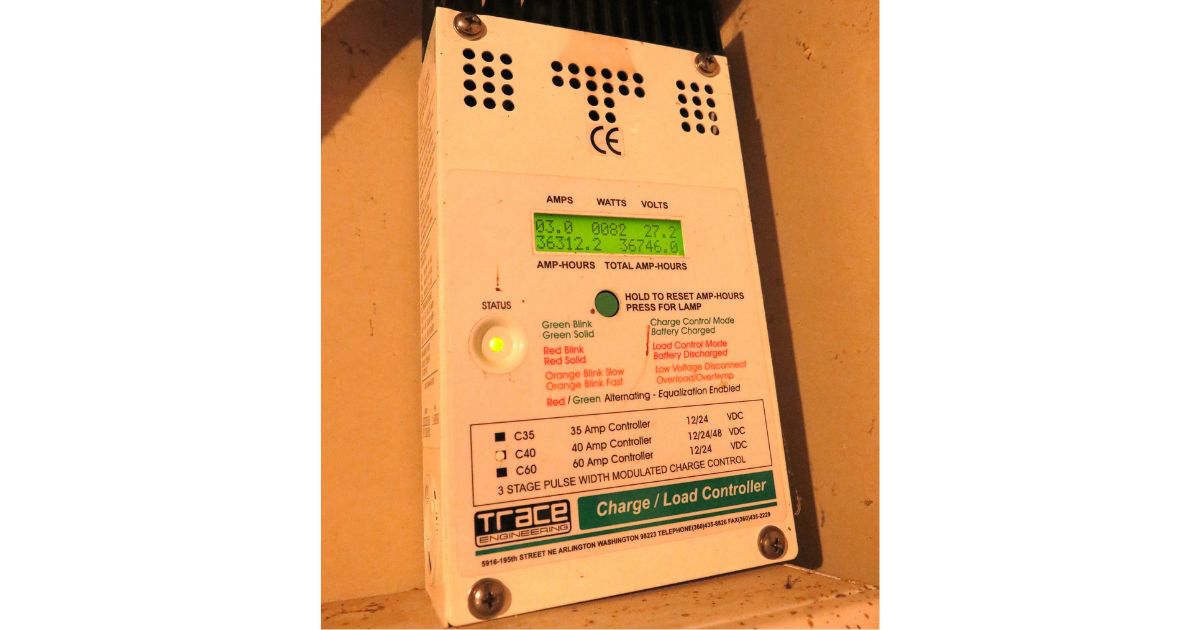
The Power Inverter
PV arrays and batteries deliver direct current (DC), but most small appliances, chargers and light bulbs are designed to use alternating current (AC). An inverter makes this conversion from DC to AC, and the technology behind inverters has come a long way over the last 10 years. Inverters are now cheaper, more reliable, and more efficient than ever. Although you’re still better off from an efficiency point of view to use just straight DC from a battery if you can, you don’t lose all that much power when using an inverter these days. When you buy an inverter for your solar generator, you’ve got two main things to decide on:
How large of an inverter you’ll need to meet the peak power you’re likely to demand at any given moment. 1000 watts would be fine for charging of electronics and lighting, but if you might want to boil a kettle of water with your solar generator, you’ll need an inverter that can deliver at least 1800 watts continuously.
The purity of power you need. Broadly speaking there are two kinds of inverters in the world: less expensive models that produce what’s called “modified sine wave” output, and more expensive models that produce “true sine wave” power. Modified sine wave is less “pure”, but fine for chargers and laptops running from a charger.
True sine wave power is needed for sensitive electronics that run directly off AC. Determine whether or not the equipment you want to run needs pure sine wave power and buy accordingly. Pure sine wave performance is best if you can afford it.

A System Case
The whole idea of a solar generator is that all components (except the solar panel) are housed in a single, portable case. This case holds most components and allows them to be moved around. Depending on the battery, charge controller and power inverter you choose, your solar generator case will need to house and support 40 lbs to 90 lbs of stuff. There are two options you can follow to make this happen. If you’re handy with wood, you can build a customized plywood box to house the gear. 1/2”-thick exterior-grade plywood is perfect for this.
Besides being fun to build, the ongoing power you get from your solar generator may someday prove to be the most valuable kilowatt-hours you’ve ever had access to during a long-term outage.
Besides, building things to boost your own sustainability is one of the most rewarding things you can do.

Steve Maxwell and his wife Mary live on a 90-acre modern homestead on Manitoulin Island, Ontario in a stone house they built with local materials beginning in 1985. Steve is Canada’s longest-running home improvement and how-to columnist and editor of Home and Property. He divides his time working on the land, building things large and small, and creating articles and how-to videos that teach sustainable, self-reliant, hands-on living skills.

